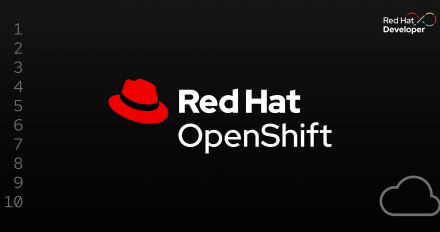
How to securely deploy GitHub ARC on OpenShift
Learn how to adapt the upstream Helm chart to securely deploy the GitHub Action Runner Controller (ARC) on OpenShift.

Learn how to adapt the upstream Helm chart to securely deploy the GitHub Action Runner Controller (ARC) on OpenShift.

Install Red Hat Developer Hub on Google Kubernetes Engine and integrate it with

This article demonstrates how image-based installation simplifies and accelerates the provisioning of single node OpenShift clusters.
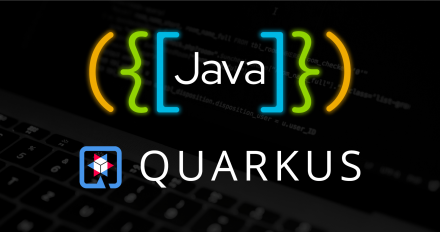
Read a sample excerpt from Quarkus in Action, a practical guide to building resilient and scalable, cloud-native Java applications using the Quarkus framework.

Learn how to convert PGT to RHACM Policy Generator using the cnf-features-deploy project with the newly improved Red Hat OpenShift 4.16.
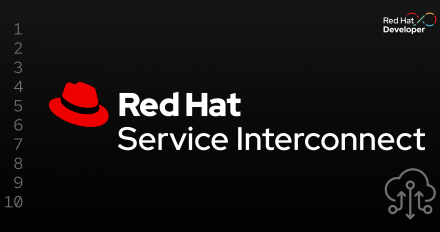
Red Hat Service Interconnect v2 is a substantial redesign driven by four years

Dive into the world of seamless OpenShift deployments with the powerful combination of Visual Studio Code and OpenShift Toolkit IDE extension, enhanced by Helm Workflow!
In this video, we'll guide you through the essential features of the VSCode OpenShift Toolkit, a game-changing IDE extension for developers and DevOps engineers working with OpenShift and Kubernetes environments. Strap in as we explore how this toolkit, paired with Helm Workflow, streamlines your development workflow, making application deployment and management a breeze.

Welcome back to Red Hat Dan on Tech, where Senior Distinguished Engineer Dan Walsh dives deep on all things technical, from his expertise in container technologies with tools like Podman and Buildah, to runtimes, Kubernetes, AI, and SELinux! In this episode, senior principal software engineer Sergio Lopez Pascual joins to deep dive into Libkrun and Krunkit about getting the most out of VM technology with containers and much more!
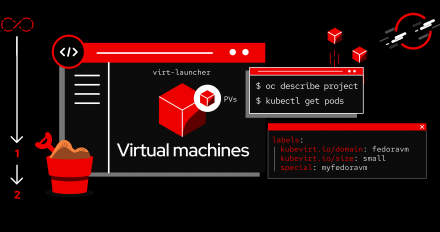
In this post we are going to look at how memory management is working in
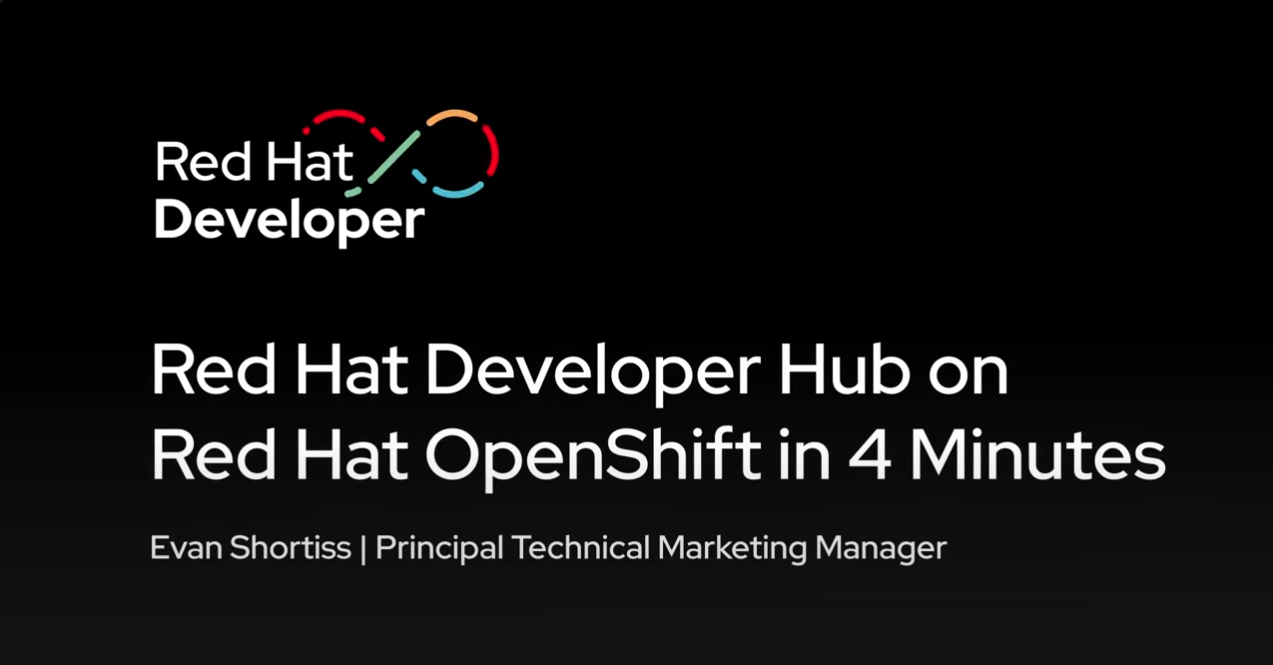
In this video, Evan Shortiss demonstrates how you can get up and running with Red Hat Developer Hub on Red Hat OpenShift in just a few minutes.
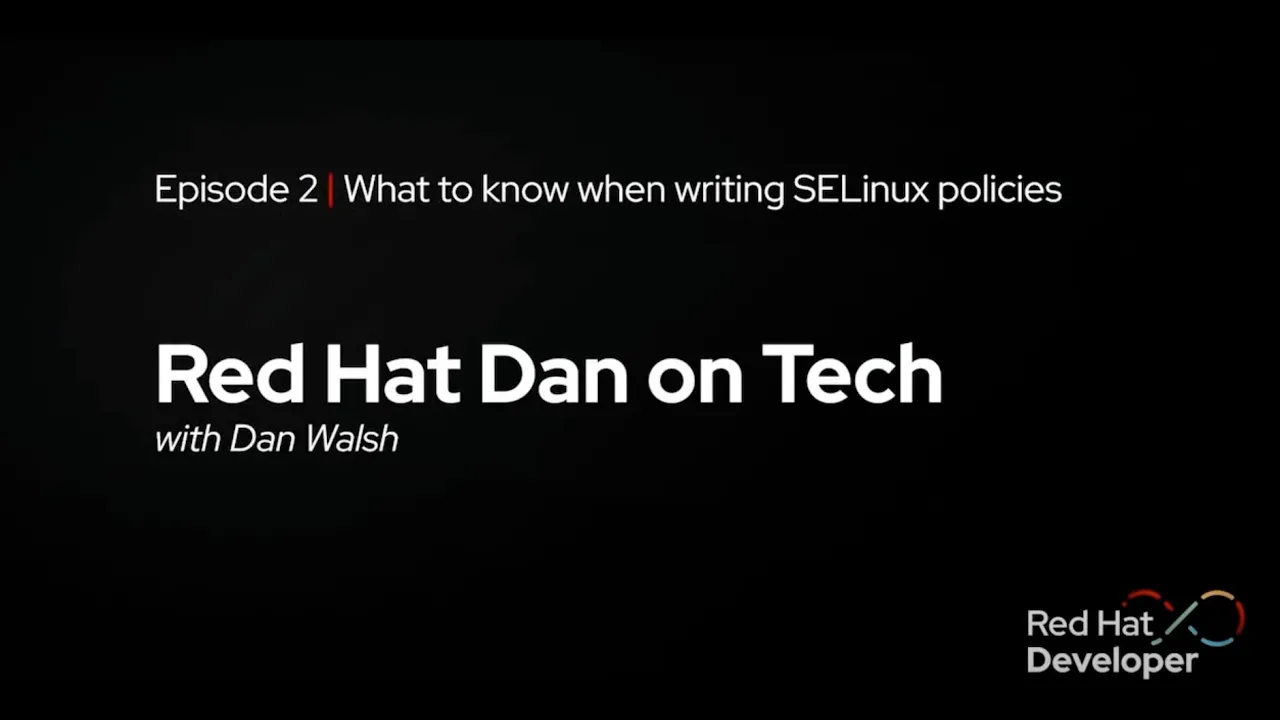
In this episode, Senior Distinguished Engineer Dan Walsh discusses tips and tricks for writing SELinux policies and how you can use containers to your advantage.
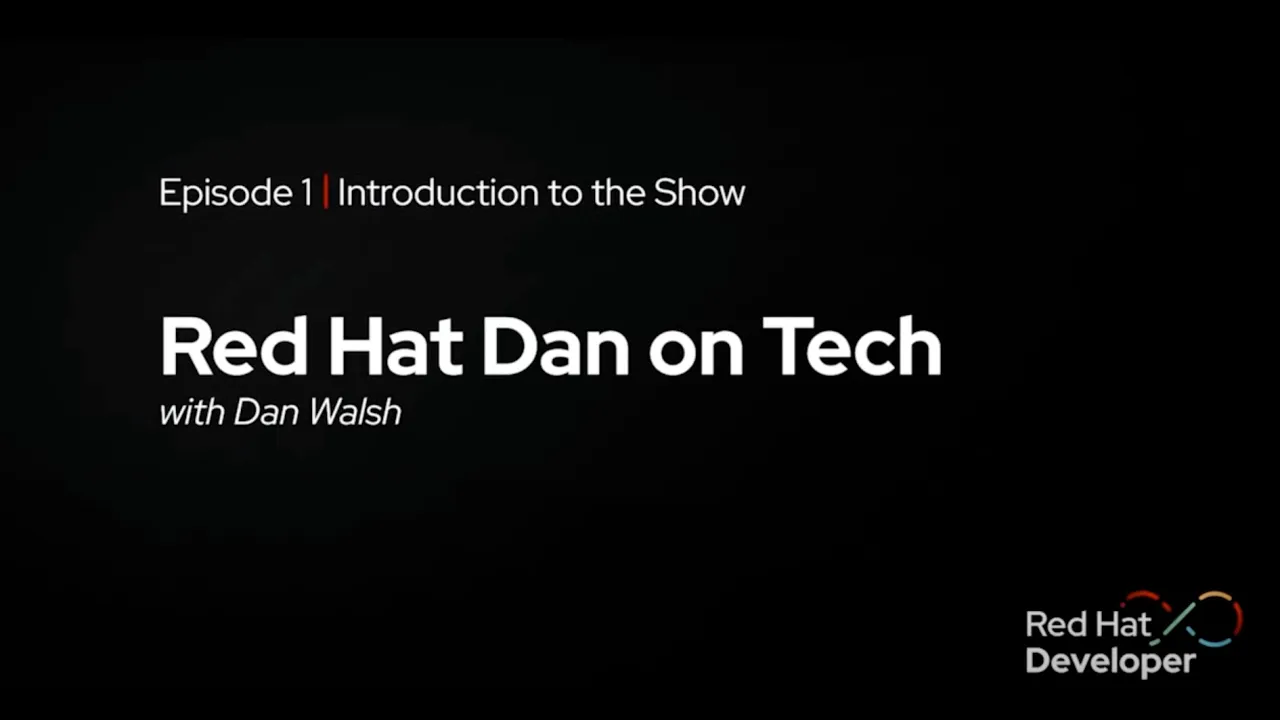
Welcome to the new Red Hat Dan on Tech, where Senior Distinguished Engineer Dan Walsh dives deep on all things technical, from his expertise in container technologies with tools like Podman and Buildah, to runtimes, Kubernetes, AI, and SELinux! This weekly series will bring in guests from around the industry to highlight innovation and things you should know, and new episodes will be released right here, on the Red Hat Developer channel, each and every Wednesday at 9am EST! Stay tuned, and see you in the next episode!

Welcome back to Red Hat Dan on Tech, where Senior Distinguished Engineer Dan Walsh dives deep on all things technical, from his expertise in container technologies with tools like Podman and Buildah, to runtimes, Kubernetes, AI, and SELinux! Let's talk about Podman and containers when it comes to Systemd, and how technologies like Quadlet abstracts the complexities of running containers under Systemd, featuring Principal Software Engineer Ygal Blum.

Let's take a look at how you can get started working with generative AI in your application development process using open-source tools like Podman AI Lab (https://podman-desktop.io/extensions/...) to help build and serve applications with LLMs, InstructLab (https://instructlab.ai) to fine-tune models locally from your machine, and OpenShift AI (https://developers.redhat.com/product...) to handle the operationalizing of building and serving AI on an OpenShift cluster.

Podman Desktop is a free, open-source tool that lets developers work with containers and Kubernetes from their local environment. It offers an easy-to-use dashboard to interact with and manage containers, images, pods, and more, powered by the Podman container engine. For developers and IT operations, Podman Desktop provides the capabilities to streamline the container development lifecycle, and bridges with the Kubernetes environment for simplified development and testing of containerized applications.
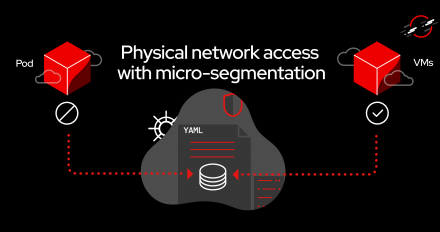
Learn how to configure OpenShift to attach a physical network to your workloads
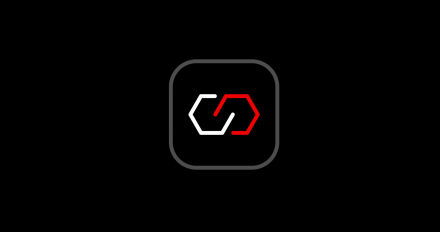
Discover how Connectivity Link can enhance your hybrid cloud strategy by streamlining connectivity and boosting security.

Explore simplifying microservices management and next-gen features with
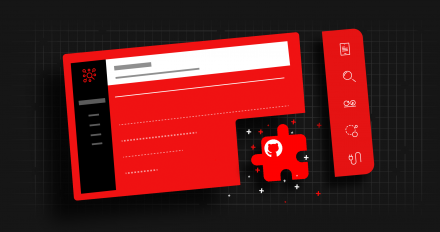
In this learning exercise, we’ll build on a freshly installed Red Hat Developer
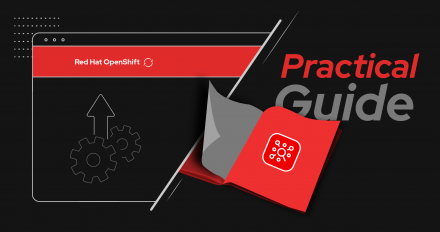
In this learning exercise, we'll focus on setting up Red Hat Developer Hub using

Download Quarkus in Action, a practical guide to building resilient and scalable, cloud-native, enterprise Java applications using the Quarkus framework.

Virtual Machines run on OpenShift Virtualization and are by default scheduled

A guide to the process of migrating your virtual appliances from VMware to Red
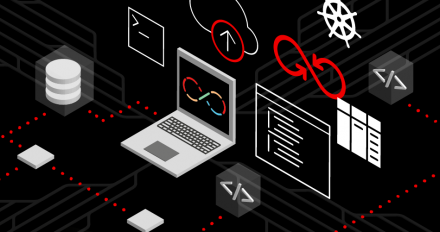
This article provides a brief tutorial on how to integrate OpenStack with hosted control planes.